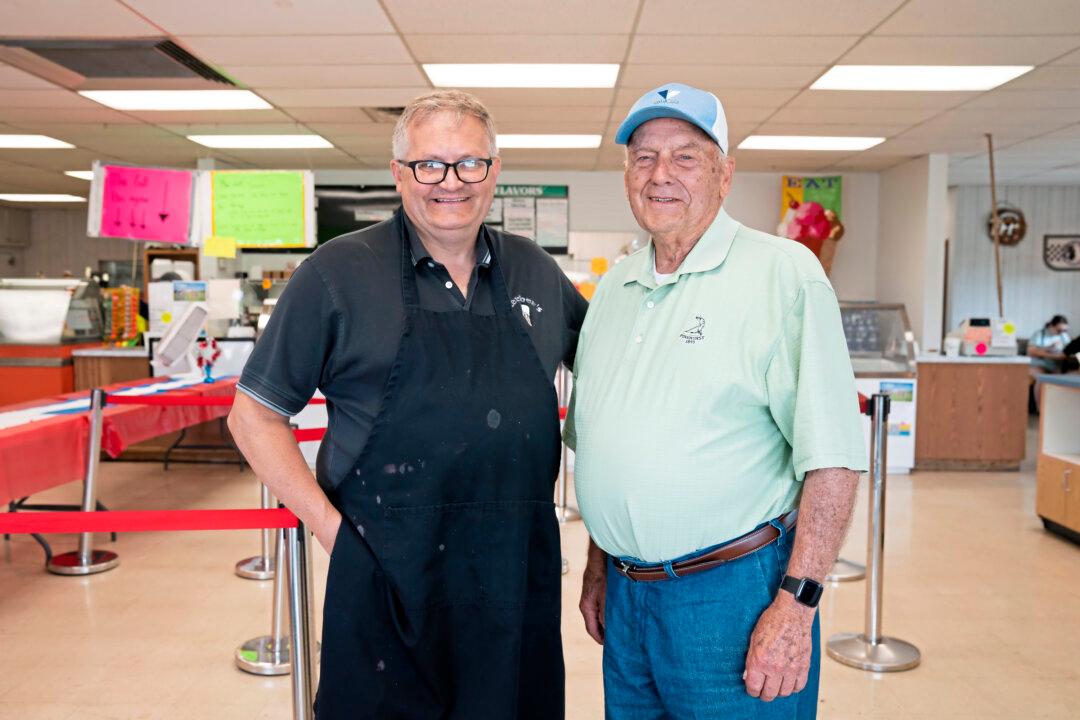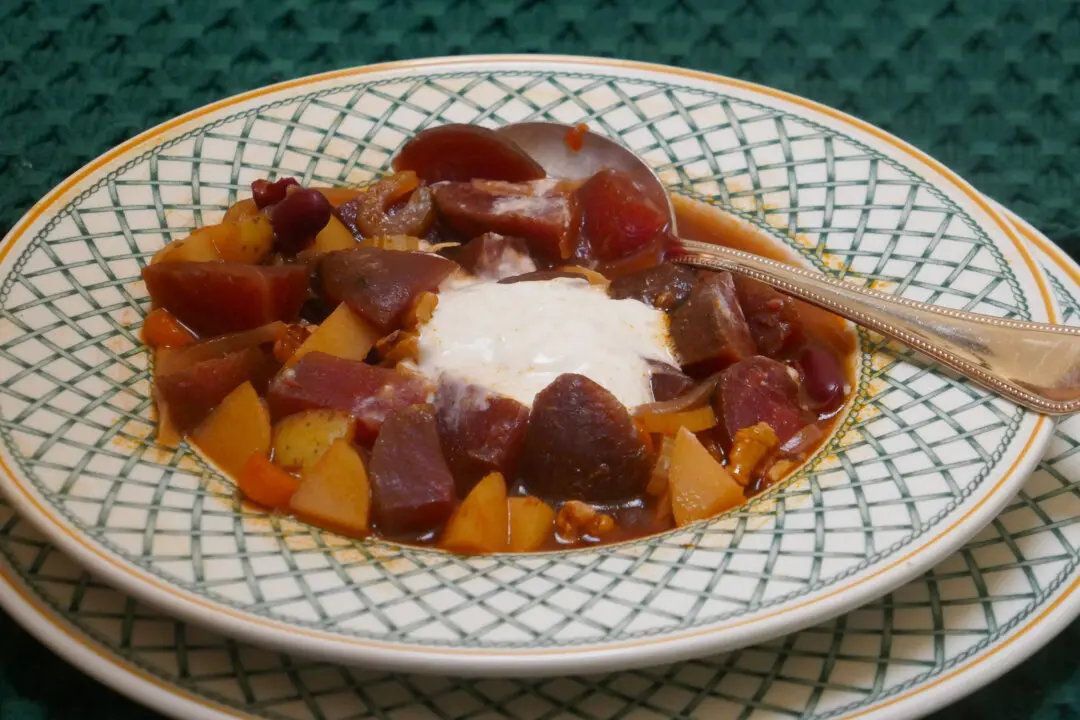Irwin—Three generations of Tom Kerber’s family have been making some of Pennsylvania’s best ice cream for more than six decades. Millions of scoops later, everything about the ice cream business still makes the 84-year-old smile.
“This is our little piece of heaven,” he says, gesturing to the rolling fields beyond the 10,000-square-foot building in which his son, Tom Jr., churns out up to 1,000 cartons of ice cream a week.
Down the hill to the right of his eponymous dairy store on Guffey Road, a half-acre miniature golf course rings with laughter as kids and their parents take turns smacking golf balls. To its left is an all-season tubing track on which riders can whiz some 400 feet down the hill on a polymer carpet.
“It takes 17 seconds!” Kerber exclaims with a grin.
Alas, like so many other small businesses struggling to find staff amid this nationwide labor shortage, he can’t find any teenagers to run it this year.
He knows what his millworker father, Edward, who purchased the 200-acre farm in 1941, would think: “Why the hell did you put that in a cornfield?”
“But back then, change was hard,” Kerber says. “Today, it’s easy.”
And what goes better with their 164 flavors of ice cream than some family-fun activities?
Kerber’s Dairy first earned national acclaim for its super-premium ice cream in Rick Sebak’s 1996 PBS special “An Ice Cream Show.” The longtime WQED producer isn’t sure how, exactly, they connected—maybe during a Rotary Club speech?—but he liked the fact that the dairy is “suburban toward rural” and a small, family-owned business, “which I’m a sucker for.”
He also liked their “wild and zany” flavors, so he included it in the show.






